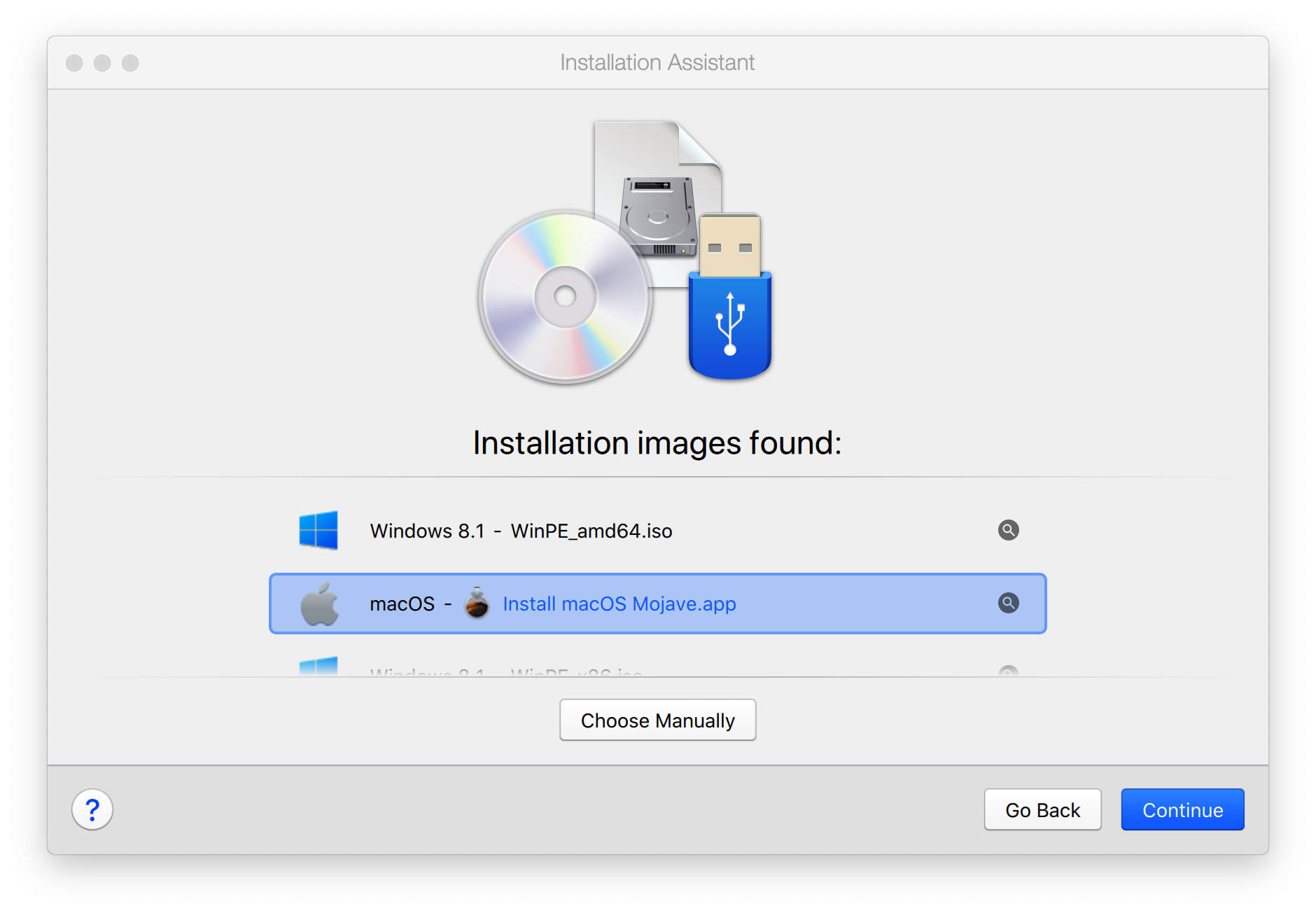

VMWare has pledged an Apple Silicon version of Fusion, but it won’t support Windows virtual machines! There’s still no word on whether the free VirtualBox VM environment will ever be updated to run on Apple Silicon.
#Parallels 13 for mac drag to mac vm update#
UPDATE (July 9, 2021): Parallels Desktop now runs on Apple Silicon, a solution that was not available in March of 2021 when this article was first published. UTM (which I believe stands for Universal Turing Machine) is an open source virtual machine environment. While you might be spending most of your time in macOS 11 Big Sur, your job might require you to use Windows-only apps, Perhaps you need a Linux VM for development work. This comes closest to the production-quality rollout of a Mac-based environment's use of virtualized XP (or other hosted operating systems) sessions.Your shiny and speedy new Apple Silicon Mac is missing something – the ability to run virtual machines. We were able to recreate the VM exactly like we had earlier. This worked as expected when we tried this with an Ubuntu VM and Windows VM. Once we were finished installing and setting up a guest OS, we could convert or clone that VM into a template for subsequent reuse. Parallels also has a feature that let us create VM templates. However, Undo Disk has a limit of one rollback. The same thing could be done with snapshots by reverting to an older version. Undo Disks allows the reset of the entire VM, if started with Undo Disk. This capability to roll back to the originally loaded Windows guest VM is handy.

We judged this to be useful in testing applications or allowing safe removal of added applications (such as XP's \Restore application). When we restarted/shut down or otherwise stopped the VM, we were asked to discard any changes made during that session. Although the window starts out very small, we could actually resize it.ĭisk management for guests is augmented by another cool feature called Undo Disks, where we could delete anything or make any changes we wanted to Windows. But with one VM, we could get a real-time visual of screen changes, such as compile completions, and so on. This feature seems to be most useful if one has more than four or five VMs running. There was also a new mode called Modality, which puts the VM in a small window so you can monitor it quickly. This mode does not work with Linux guests. Similar to Fusion, you could see Windows applications on the dock when in Coherence mode (it's also possible to do so in normal mode). But unlike VMware Fusion, the Parallels-based Windows start menu was not hidden by default, and there is an option to change this in the Applications menu. In Coherence mode, which is similar to VMware's Fusion's unity mode, the Windows taskbar stayed fixed to the bottom of the screen, hiding the desktop background and playing well with Apple Spaces. In our limited testing, we had no difficulties with application sharing, which allowed seamless application use within Windows or MacOS contexts. We were also able to open Mac files in Windows applications, although sometimes it was difficult to distinguish which were Windows applications in the Open With menu. Apple Finder and Windows Explorer listed both Mac and Windows applications to choose from. We saw a list of applications with which to open files when we chose Open With from the right-click menu. Parallels handled USB flash drive use more easily than VMware Fusion or VirtualBox for Mac.Īpplication sharing worked well too, but this feature is only available with Windows-based guests. VMware Fusion will automatically do it without asking, depending on whether Fusion was the active application or not. When we inserted a USB flash drive, Parallels asked if we would like to mount it in the VM or Mac, if Smart Mount is enabled. Under Linux, disk sharing mounted the directories under the /media/psf directory (Parallels Shared Folders) and in Windows, it created a Parallels Shared Folders shortcut on the desktop for easy access. The Disk Sharing feature, which works with both Linux and Windows VMs, was also useful. It's even possible to have the Apple Spotlight application index the VM Windows guest drive, a feature that wasn't available in the other hypervisor products. We could easily drag and drop files and folders between Mac and XP VMs.


We could access all the files directly like an external hard disk. Another useful Parallels feature was the ability to mount a Windows VM guest's NTFS file system into the Apple MacOS 10.5 Finder application.


 0 kommentar(er)
0 kommentar(er)
